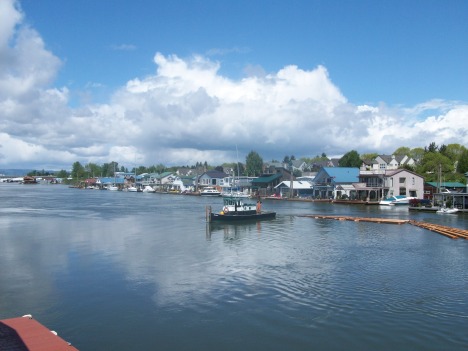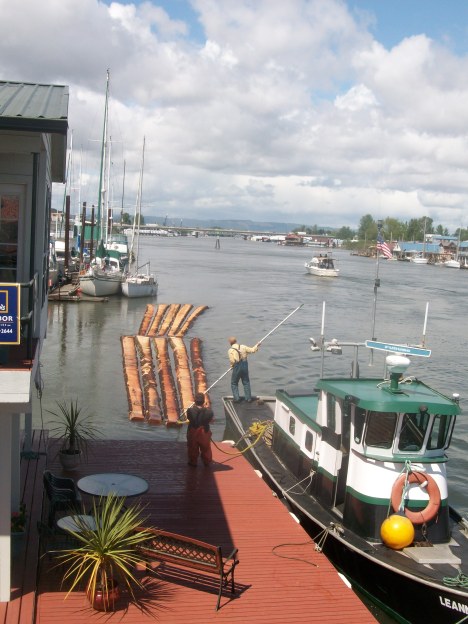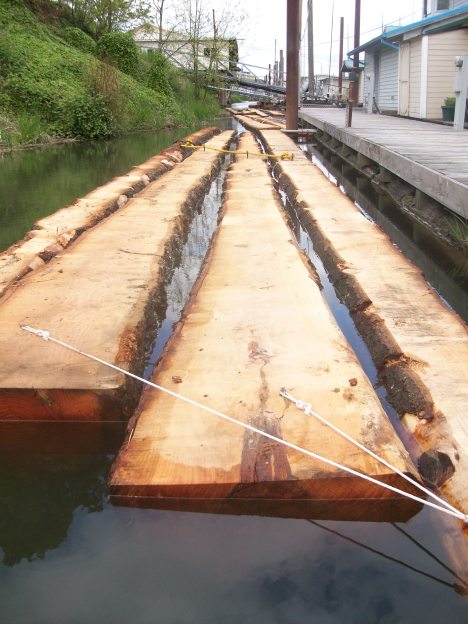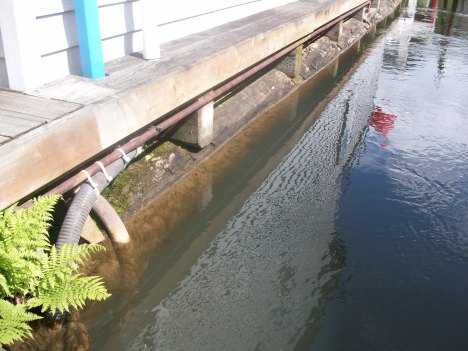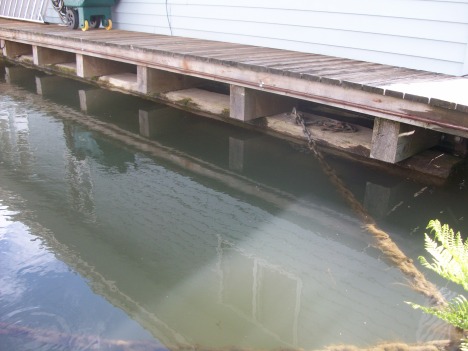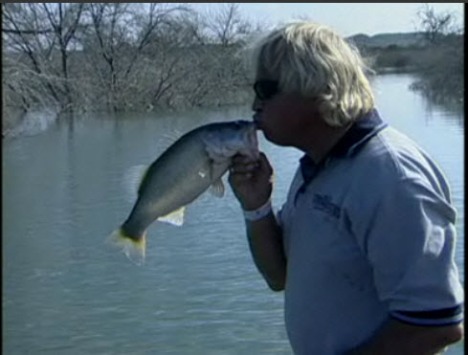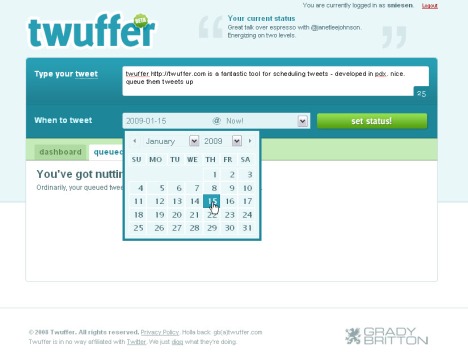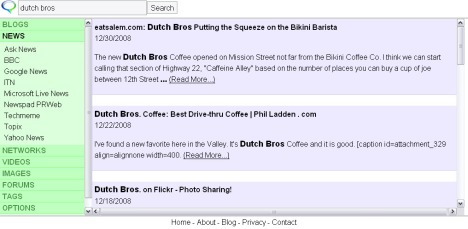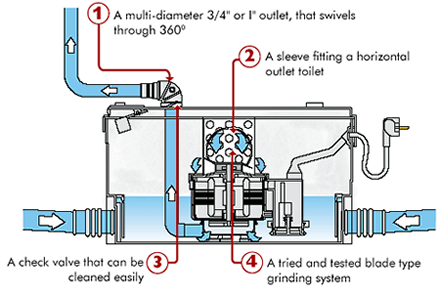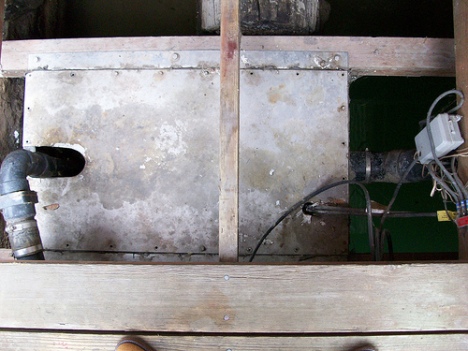Last week I was working in my office and I saw this tug pulling a raft a logs. I’ve lived in the Bridgeton neighborhood on the North Portland Channel of the Columbia River for nearly five years. This is the first time I’ve seen floating home float logs being delivered. It was like a time trip to the lumberjack days of yore.
These Douglas Fir logs are from Hamilton Mill between Camas and Washougal, Washington. Each log costs about $1,000. They will be used to replace a float on a home in the moorage next to ours. These logs have been squared off to make it easier to attach and level the stringers, the timbers that support the home’s bottom floor. The logs and stringer are the home’s foundation.
Using the squared of logs is an improvement over the traditional method of notching the logs for the stringer attachment. It’s less labor intensive for the mill to take a slice of the log compared to precisely creating the notches. The squared off logs are easier to work with because they are essentially self-leveling and stringer placement is more forgiving.
This float uses notched stringers.
Here’s a newer float using the flat top logs.
Filed under: floating homes | Tagged: bridgeton, bridgeton neighborhood, columbia river, floating home, log float | 4 Comments »


